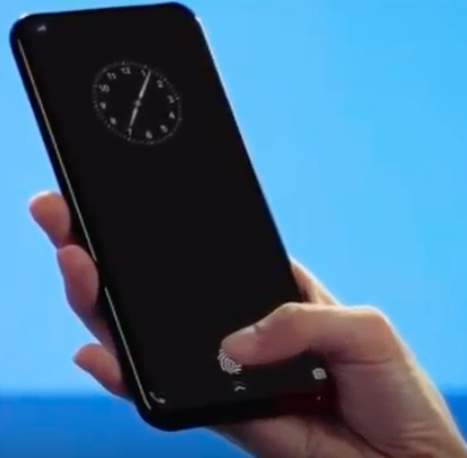Excitement is certainly building up for the launch of Samsung’s Galaxy S10, set to come out in late February 2019. The phone is said to feature the new Infinity-O display, a sleek design with virtually no bezels for a seamless end-to-end screen display, with just a tiny hole on top for a front-facing camera.
Read related: A first look at Samsung Galaxy S10
But whether the Galaxy S10 will match Apple’s iPhone facial recognition feature remains to be seen.
Apple’s 2018 iPhone models, XS and XR, have notches at the center area on the top of the phone for the purpose of its Face ID, which needs several sensors and cameras. The small hole on the Galaxy S10 display may not be able to support a feature such as Face ID.
But, having said that, there are four different models of the Galaxy S10 in production, and there is a possibility that perhaps one of the models will have a front camera with a dual lens. And so if one of the models does have a second camera, this will mean another hole in the screen, which still may not mean that the phone will have facial recognition. Take Google Pixel 3, for example. It has two cameras in front for taking broader selfies, but not for facial recognition technology.
There’s a lot that goes into enabling Face ID, including a flood illuminator and a dot projector, and right now it’s hard to tell whether the Galaxy S10 will make that available.
But rumors and leak about the Galaxy S10 do abound, including the one about the “Hole in Active Area” (HIAA) technology, saying that there will be two holes in the phone’s display—one for the front camera lens and another for the infrared (IR) sensor. It also says that the LED status indicator, the light sensor, and proximity sensor will be underneath the screen. Which leads to the question of why this model would need an infrared sensor at all if it won’t feature 3D face scanning?
However, it’s still up in the air whether Samsung will need advanced facial recognition technology at all since rumors also have it that the Galaxy S10 will have an ultrasonic fingerprint sensor rather than an optical one. With a high-tech fingerprint sensor already in place, who needs Face ID?
On the other hand, both Samsung and Apple may want to keep a close watch on Huawei’s Mate 20 Pro, which has both a sensor for in-display optical fingerprints, as well as Face ID support, with a similar notch to the ones on iPhones. Huawei may just prove to be the biggest competition to these smartphone giants yet.

